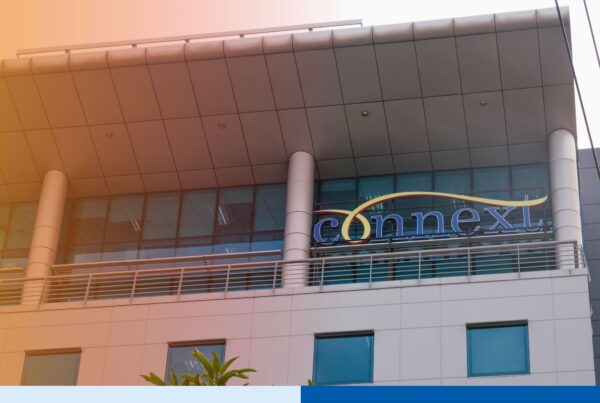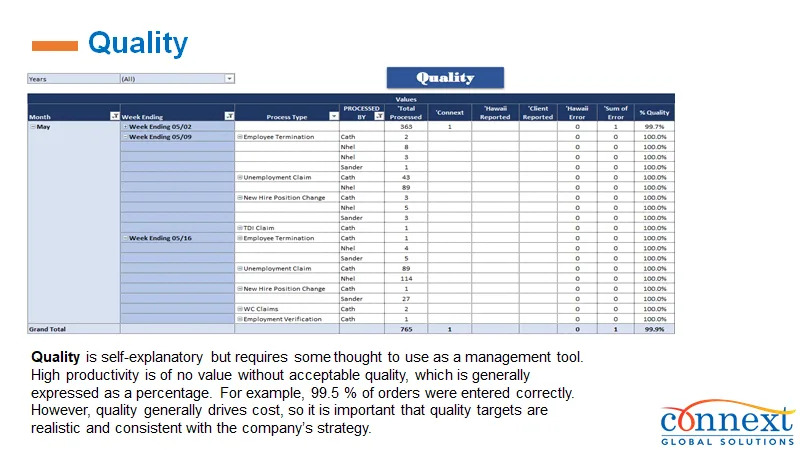As large organizations face growing demands for productivity, customer satisfaction, and operational efficiency, the need for smart solutions to manage workload increases. Enterprise virtual assistants (EVAs) are emerging as a powerful resource for large companies, helping them streamline operations, improve team collaboration, and reduce costs. These intelligent, scalable support systems allow enterprises to manage complex tasks more effectively, all while enhancing service delivery and freeing up valuable resources for strategic initiatives.

Photo by MART PRODUCTION
Key Takeaways:
- EVAs (AI-powered or human-assisted) automate tasks like scheduling, data entry, reporting, and support.
- They boost efficiency, cut overhead (staff, office space), and provide 24/7 multilingual support.
- Scalable and integrated with enterprise systems (CRM, Slack, Teams) to enhance collaboration and analytics.
What Are Enterprise Virtual Assistants?
Enterprise virtual assistants are AI-driven or human-assisted systems designed to support large-scale organizations by handling a wide range of tasks. These virtual assistants are tailored to an enterprise’s specific needs, capable of managing everything from customer support to project management, data analysis, and administrative functions. Unlike standard virtual assistants, EVAs are built to handle complex workflows, integrate with enterprise software tools, and scale according to the size and scope of the organization.
Benefits of Enterprise Virtual Assistants
- Increased Efficiency
One of the primary advantages of EVAs is their ability to automate repetitive tasks, such as scheduling, data entry, or customer inquiries. By automating these time-consuming activities, businesses can allow their employees to focus on higher-value tasks, boosting productivity across the organization. - Cost Reduction
Hiring in-house staff to handle every administrative or operational task can be expensive. EVAs offer a more affordable solution by reducing the need for extensive labor while still delivering high-quality service. Enterprises can save on overhead costs like salaries, benefits, office space, and equipment. - Improved Customer Service
EVAs can provide 24/7 customer support, answering questions, handling inquiries, and offering quick responses that improve the customer experience. By deploying multilingual or specialized VAs, enterprises can serve a broader audience, ensuring their clients or customers receive consistent, quality service. - Scalability
As enterprises grow or face fluctuating workloads, EVAs can scale their operations without the need for additional hiring or restructuring. Whether it’s handling increased customer service demands or managing expanded project portfolios, EVAs provide flexibility to meet business requirements. - Data-Driven Decision Making
Many EVAs come equipped with AI and data analytics capabilities, allowing them to gather insights from various sources and provide detailed reports. This feature helps decision-makers in large enterprises to analyze trends, monitor performance, and make more informed, data-driven choices. - Enhanced Collaboration
Enterprise virtual assistants can integrate with project management tools, calendars, and communication platforms, facilitating improved collaboration across teams and departments. EVAs can schedule meetings, track project milestones, and provide reminders, ensuring smooth coordination across the organization.
Key Tasks Enterprise Virtual Assistants Can Handle
- Customer Support
- Handling customer inquiries and complaints
- Processing orders and returns
- Managing support tickets and troubleshooting issues
- Live chat or phone support
- Administrative Assistance
- Scheduling and managing calendars for executives and teams
- Organizing and filtering emails
- Document management and file organization
- Travel coordination and booking
- Sales and Marketing Support
- Managing email campaigns and social media posts
- Generating leads through targeted outreach
- Conducting market research and competitive analysis
- Drafting reports and creating presentations
- Human Resources Assistance
- Screening resumes and managing recruitment pipelines
- Scheduling interviews and managing onboarding processes
- Employee record maintenance and compliance checks
- Assisting with payroll and benefits management
- Project and Task Management
- Tracking project milestones and deadlines
- Coordinating tasks across teams
- Monitoring workflow and ensuring tasks are completed on time
- Reporting on project status and budget adherence
- Data Analysis and Reporting
- Gathering and processing business data
- Analyzing performance metrics and KPIs
- Generating visual reports for leadership teams
- Managing databases and ensuring data accuracy
Integrating Enterprise Virtual Assistants into Your Business
- Assess Business Needs
Before integrating an EVA, it’s essential to identify the tasks or areas where automation or remote support will have the most impact. This could include customer support, administrative duties, or data management. - Choose the Right Platform
There are various EVA platforms available, from AI-driven solutions like chatbots to human-powered assistants who work remotely. Select a platform that fits your enterprise’s size, complexity, and objectives. - Integration with Existing Tools
EVAs should seamlessly integrate with your existing software stack, including project management tools (e.g., Asana, Jira), CRM systems (e.g., Salesforce), communication platforms (e.g., Slack, Microsoft Teams), and data analytics tools. - Training and Support
If you opt for human-powered EVAs, ensure they are trained in your industry’s best practices and understand your business operations. Ongoing training and support should be available to maintain efficiency and service quality. - Measure Success
Regularly evaluate the performance of your EVA by tracking key metrics, such as task completion times, customer satisfaction rates, and cost savings. Make adjustments as needed to optimize the assistant’s performance and ensure it aligns with your business goals.
Case Study: A Global IT Managed Service Provider
A global IT managed service provider utilized enterprise virtual assistants to support its portfolio of 100+ client companies. The EVAs managed customer inquiries, technical support tasks, and project coordination. As a result, the organization:
- Increased response times by 50%.
- Reduced the need for in-house support staff, saving 60% on labor costs.
- Enhanced customer satisfaction by providing 24/7 support across time zones.
Final Thoughts
Enterprise virtual assistants are revolutionizing how large organizations approach efficiency, customer service, and scalability. By automating time-consuming tasks and supporting diverse business functions, EVAs allow companies to focus on high-level strategy and growth.
Whether you’re looking to reduce operational costs, improve customer interactions, or enhance internal collaboration, integrating enterprise virtual assistants into your business operations can provide the flexibility and support necessary for long-term success.
Ready to boost your enterprise’s efficiency with a virtual assistant? Start by identifying your needs and exploring how EVAs can transform your workflows and drive business results.
Partner with Connext Global Solutions to implement Enterprise Virtual Assistants designed to drive growth, enhance collaboration, and achieve your strategic goals.
Contact us today to learn more about outsourcing EVAs and discover how Connext can help your enterprise succeed.








